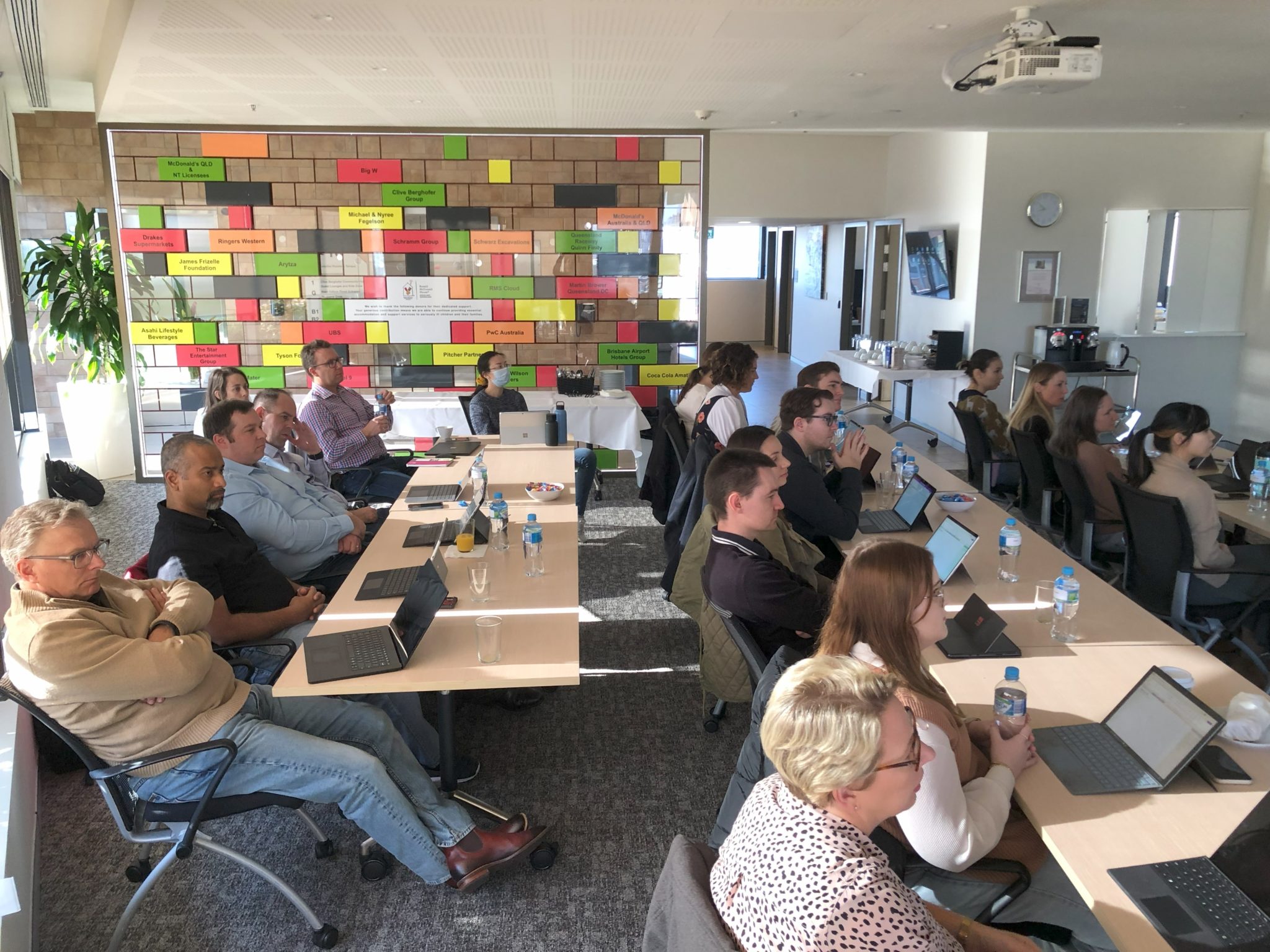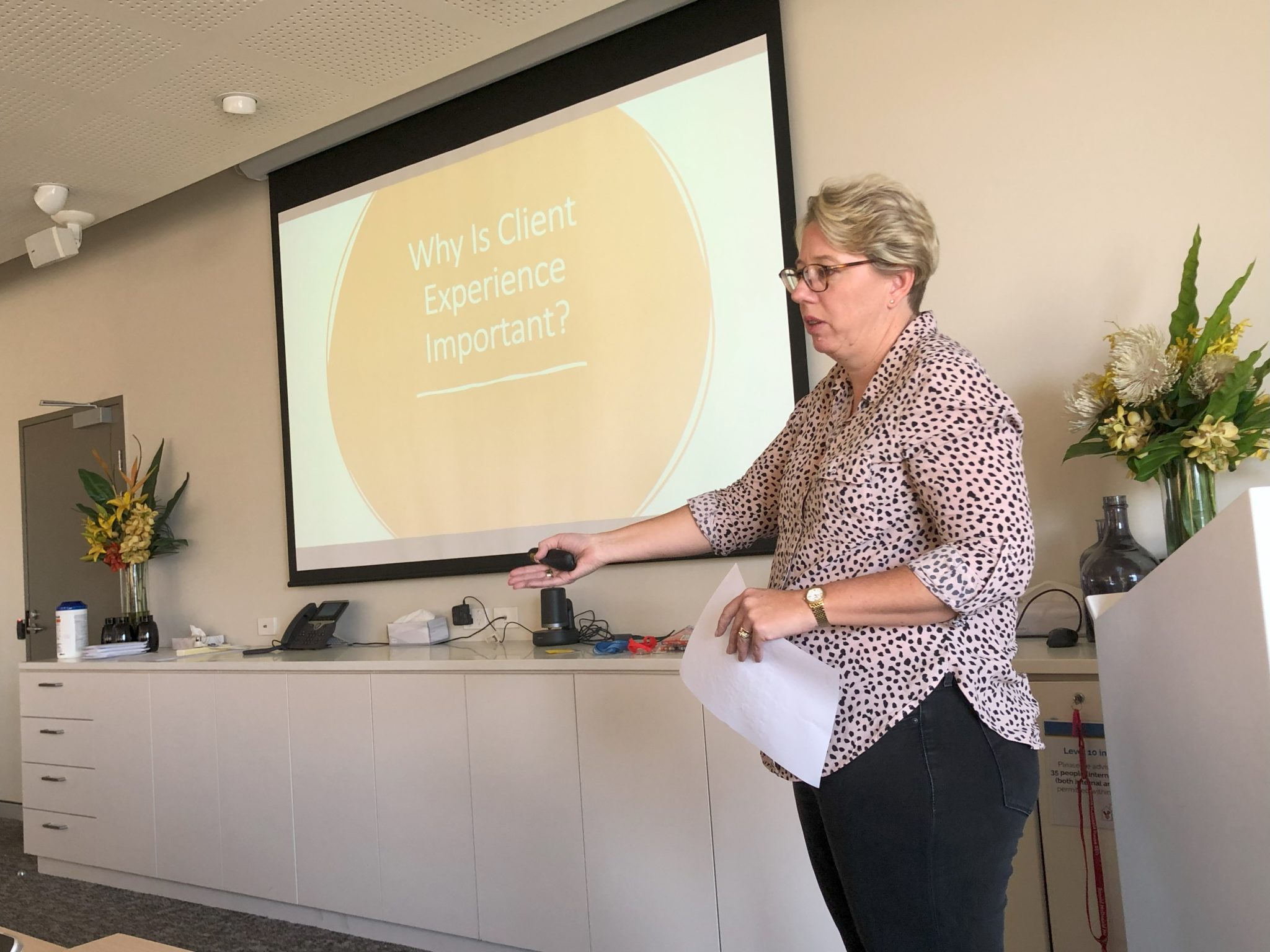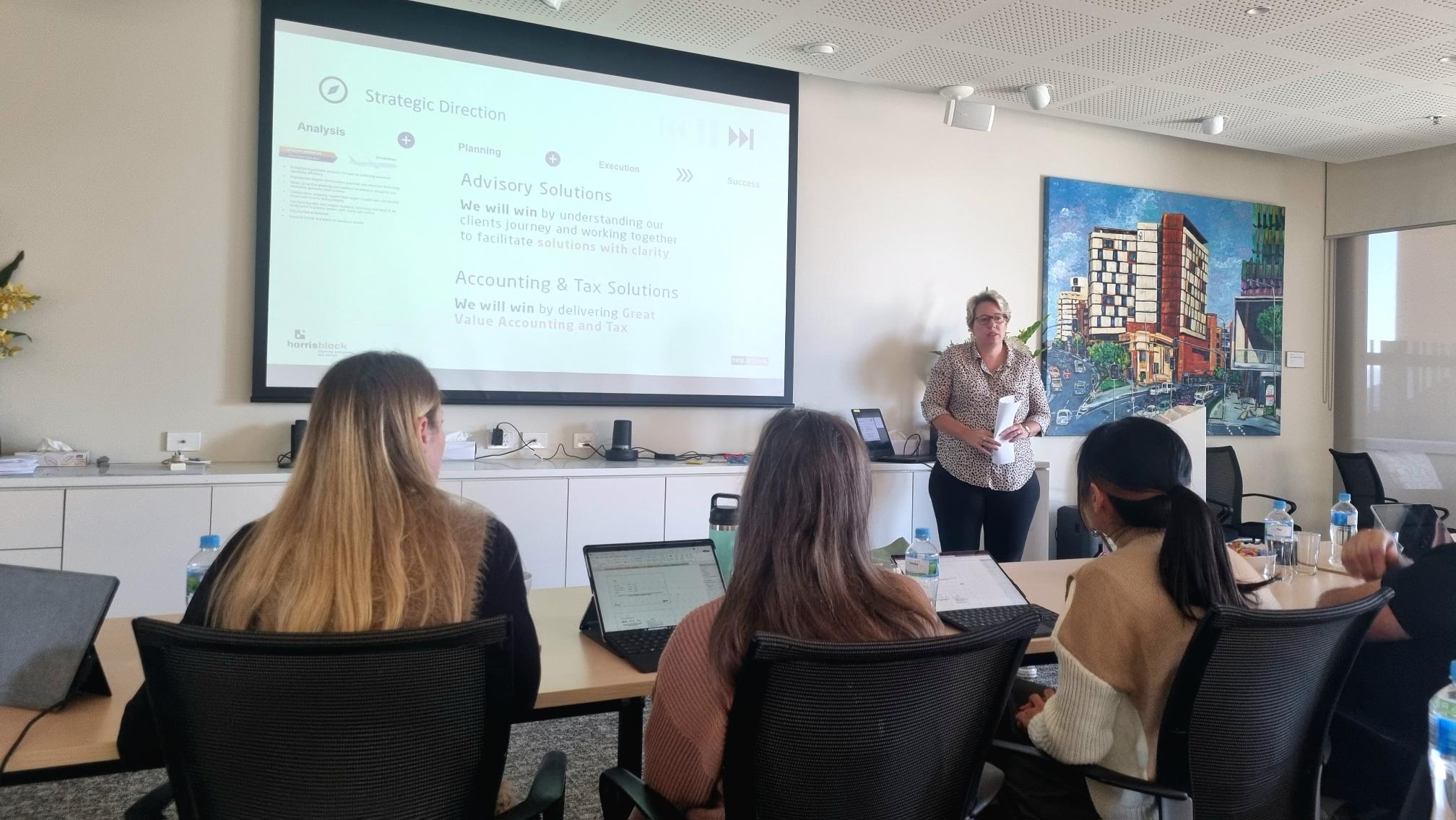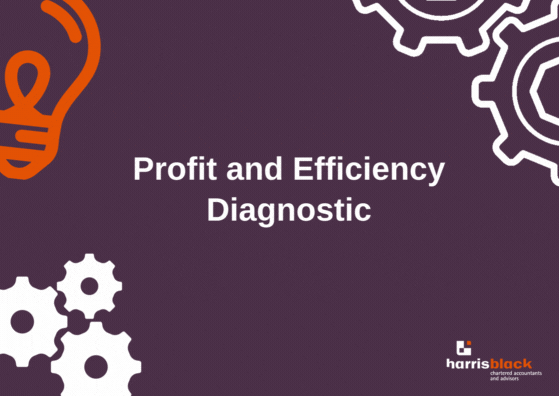Harris Black is a proud member of the Brentnalls Affiliation, independent firms working together to help each other be better. We are thrilled to announce that the Brentnalls Affiliation has raised an inspiring $6,014 to support women in need. Through a combination of individual firm initiatives and an Affiliation-wide raffle featuring two exclusive Jasmine Mansbridge Prints donated by the artist herself, we’ve joined forces to make a meaningful contribution to Good Shepherd.

Our commitment to empowering women finds a perfect match in Good Sheppard’s mission. The funds raised will directly support their programs, providing assistance to women facing family violence, education, employment, and pathways out of homelessness.
We extend our heartfelt gratitude to all participating member firms for showcasing the power of collective generosity. Together, we’re proving that unity can drive positive change and create brighter futures.
For more information on the member firms of the Brentnalls Affiliation’s initiatives, visit www.brentnalls.com.au.
Learn more about Good Shepherd’s impactful work at www.goodsheperd.org.au.


















